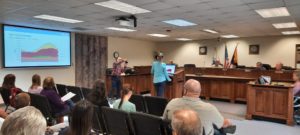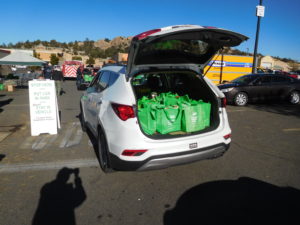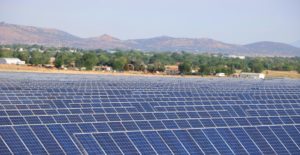The event is scheduled for 8-10 a.m., Friday, Aug. 16, at The Center, 1280 E. Rosser St. in Prescott.
The APS Community Pulse event is designed to address pressing issues impacting our community through interactive sessions and dynamic discussions. This gathering is designed to offer an opportunity for residents to gain insights, share their viewpoints and contribute to conversations that shape the future.
To secure a seat, RSVP at prescott.org or contact the Prescott Chamber of Commerce, events@prescott.org (mailto:events@prescott.org) or 928-445-2000 by Thursday, Aug. 15. QCBN









